Find an Orthopedic Specialist
Why Does My Knee Hurt?
Knee pain is so common that it sends thousands of people to the doctor's office every year. This is a handy guide to help you understand the cause of your knee discomfort based on the specific location of your knee pain. Start your journey to feeling better here!
Where is your knee pain?
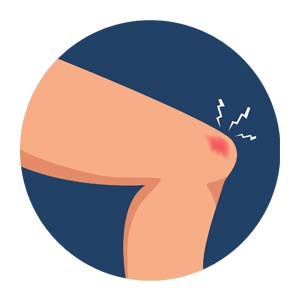 |
Above the kneeOne of the causes of pain above the knee include quadriceps tendonitis, a large tear of the quadriceps tendon that is disabling and usually requires surgery and physical therapy. The tear may be partial or complete. Symptoms include tearing or popping sensation, followed by pain and swelling, an indentation at the top of your kneecap where the tendon tore, sagging kneecap or buckling knee. |
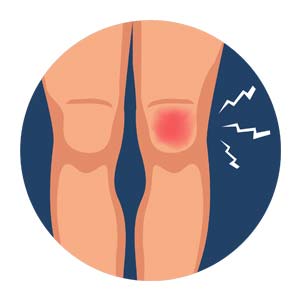 |
Front of the kneePain in front of the knee can have different causes. Injuries and years of overuse can trigger knee pain in this area which often results in bursitis. This condition occurs when the fluid-filled sac or bursa that acts as a cushion between the muscles, tendons and bones, swells or is irritated. Symptoms of bursitis may include tenderness, stiffness and aching when you press around the joint. Other causes of pain in front of the knee are chondromalacia patella, patella tracking and arthritis. |
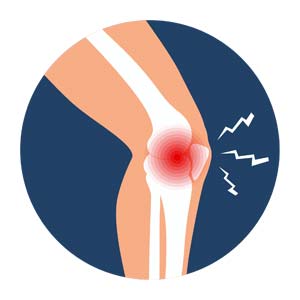 |
Inner or outer side of the kneeSome of the causes of pain on the inside or outside of the knee joint include torn ligaments, such as an anterior cruciate ligament (ACL) injury or a medial collateral ligament (MCL) injury and torn cartilages such as a meniscus tear. |
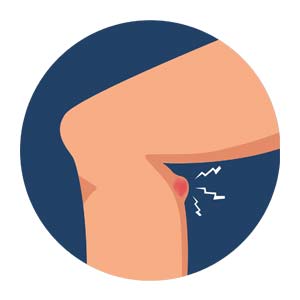 |
Back of the kneeAside from arthritis, one of the causes of discomfort on the back of the knee is a condition called Baker cyst. This condition occurs when synovial fluid builds up and forms a cyst behind the knee. The cyst may feel like a water-filled balloon. It may cause pain and bruising on the back of the knee and calf once it breaks open or ruptures. |
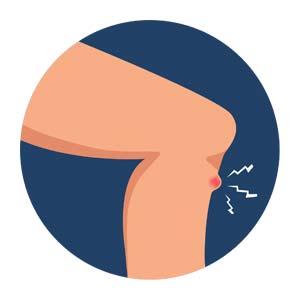 |
Below the kneeOsgood-Schlatter disease is the painful swelling of the anterior tibial tubercle or the bump on the upper part of the shinbone just below the knee. This condition is thought to be caused by small injuries from overuse before the knee is finished growing. It is characterized by leg or knee pain which gets worse with running, jumping and climbing the stairs. The swelling ranges from mild to severe. It is common among adolescents who play contact sports such as soccer, basketball and volleyball and who participate in gymnastics. |
Our team of experienced orthopedic physicians are here to support you every step of the way. Schedule an appointment with us so we can help you find the right solution to your condition.
Sources:
MedlinePlus
American Academy of Orthopaedic Surgeons

